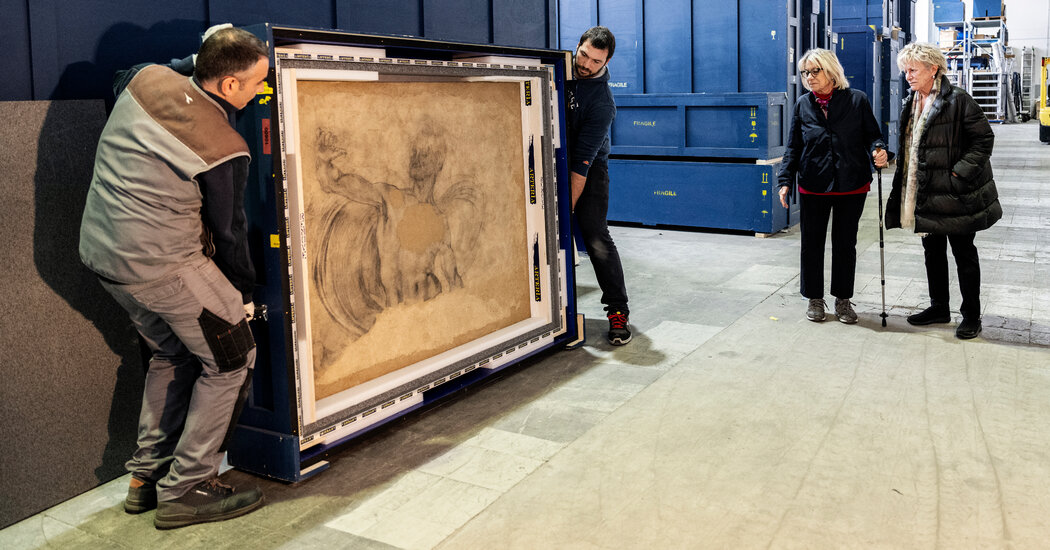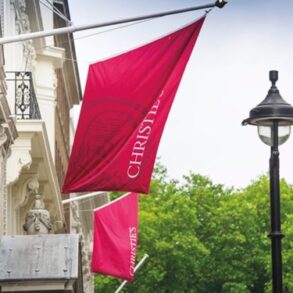
Former owners of the Renaissance artist’s villa want to sell a sketch once on a kitchen wall. But scholars are divided over whether Michelangelo actually drew it.
For half a century, the Sernesi family lived in a storied villa overlooking Florence where the Renaissance artist Michelangelo was raised and which he later owned. The property came with several buildings, an orchard and a drawing of a muscular male nude etched on the wall of a former kitchen. Tradition has it that the work was drawn by a young Michelangelo, though scholars are not as sure.
Last year, the Sernesi family sold the villa. Now they want to sell the mural drawing, which was detached from its original location in 1979 so that it could undergo a much-needed restoration. Art historians have identified the figure, etched with charcoal or black chalk on plaster and measuring about 40 by 50 inches, as a “triton,” a god of the sea, or a “satyr,” part man part beast.
Over the decades, the drawing has been loaned as a Michelangelo work to exhibitions in Japan, Canada, China and, most recently, the United States, where it was included in the Metropolitan Museum’s blockbuster 2017 show “Michelangelo: Divine Draftsman and Designer.” The catalog entry for that exhibition, by Carmen C. Bambach, the Met’s curator of drawings and prints, describes it as “the only surviving manifestation of Michelangelo’s skill as a draftsman in large scale.”
News that the drawing is going on the market is likely to expand what has until now been a rather low-key, academic debate over the authorship of a work that has remained in private hands, and mostly out of the public eye, for the past five centuries.
“It’s very interesting, and now it’s surely necessary to carry out further investigations,” said Cecilie Hollberg, the director of the Accademia Gallery in Florence. She had already been to take a look at the drawing, at the request of the Sernesi family, she said.
This post was originally published on this site be sure to check out more of their content





